Mastering the remaster: How the video game re-release became an art and a craft of its own
From Dark Souls to Xbox backward compatibility, remasters and re-releases are now about much more than cashing in.
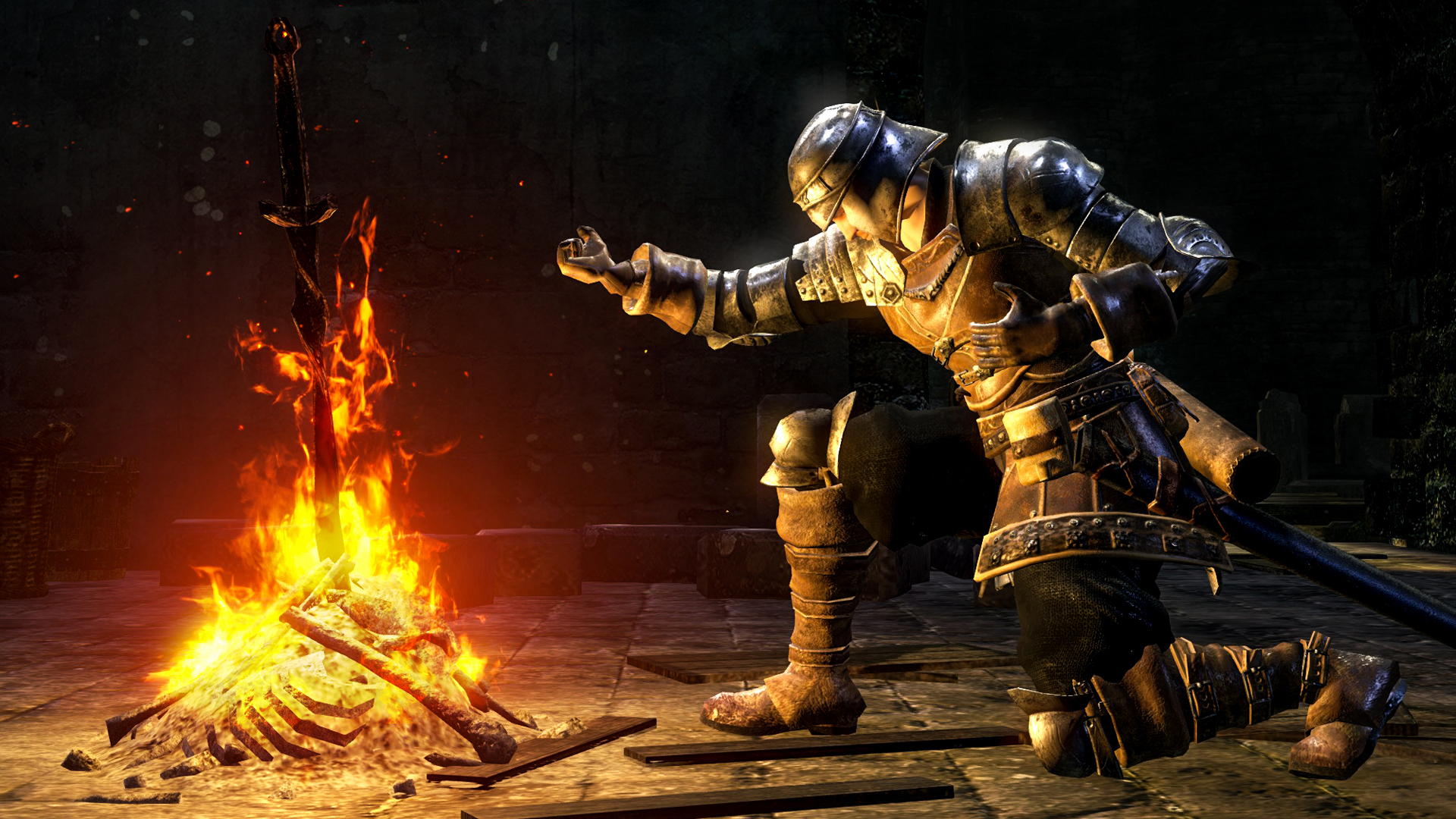
Yep, this is Dark Souls all right. It’s Dark Souls when we batter the Taurus Demon at the first time of asking, its new furry textures no match for hours of deep-seated muscle memory and the Gold Pine Resin we instinctively know to pick up on the way. It’s Dark Souls when we weave through raining firebombs on the path up to the aqueduct by Firelink, when we bait out the Hollows hiding behind cover as you come into Undead Burg, and when, with Taurus defeated, we remove all our clothing in order to make the sprint along the bridge without being burnt to a crisp.
And, yes, fine. It’s Dark Souls when we cockily take on the Black Knight on the run to the Taurus fight, when we fall off that ledge after getting tangled up in the physics model of a corpse, and on multiple other occasions where, after assuming our thumbs remember Dark Souls as well as our brain does, we respawn at the bonfire, licking our wounds and trying not to think about how stupidly we just lost all those souls. This is Dark Souls, exactly as we remember it.
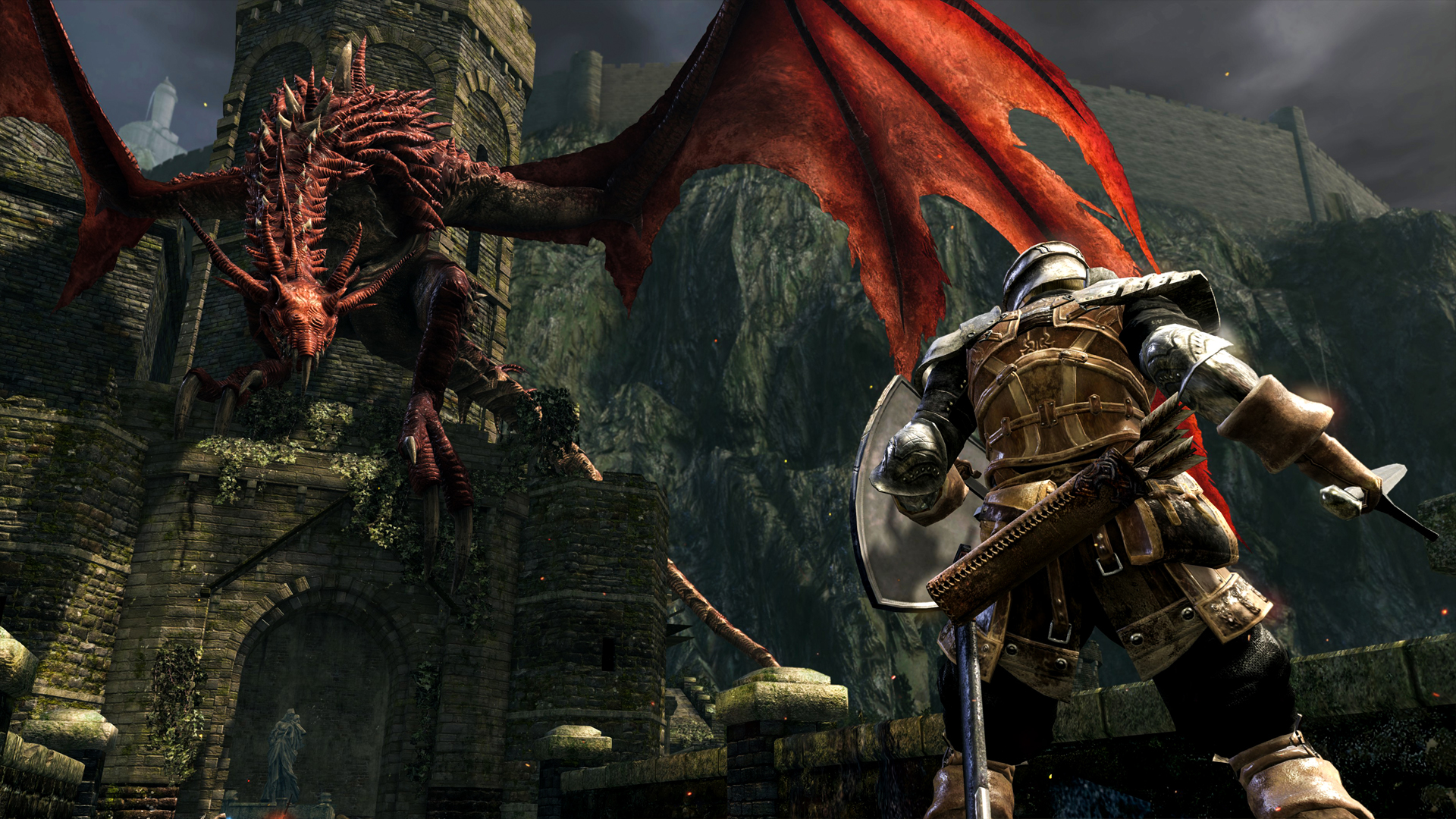
And that is precisely the point. Yes, there’s a commercial purpose to remastering the classics. They give publishers the chance to re-sell a game that you’ve already bought, while also hopefully hooking in a new audience. With Dark Souls Remastered, Bandai Namco has the opportunity to make some more dough from a series that, if creator Hidetaka Miyazaki is to be believed, is now finished. There’s something in it for original developer FromSoftware, too, since it keeps the studio’s name in the public consciousness while it beavers away in secret on its next project. And there’s a wider, almost ethical purpose to the whole endeavour, ensuring beloved classics aren’t simply casualties in the technological arms race, boxed up in the loft when a new generation of hardware comes along.
All those things are important, and all are valid reasons for keeping old games alive. This kind of work is more popular than ever, and is being carried out all over the world in a variety of ways – from straight ports to ground-up remakes, from commercial endeavours to games made new and given away for free. Yet what unites the technical minds behind the new wave of remasters is the belief that the overarching goal is to let people play old games the way they remember them being, not how they actually are.
Historical accuracy
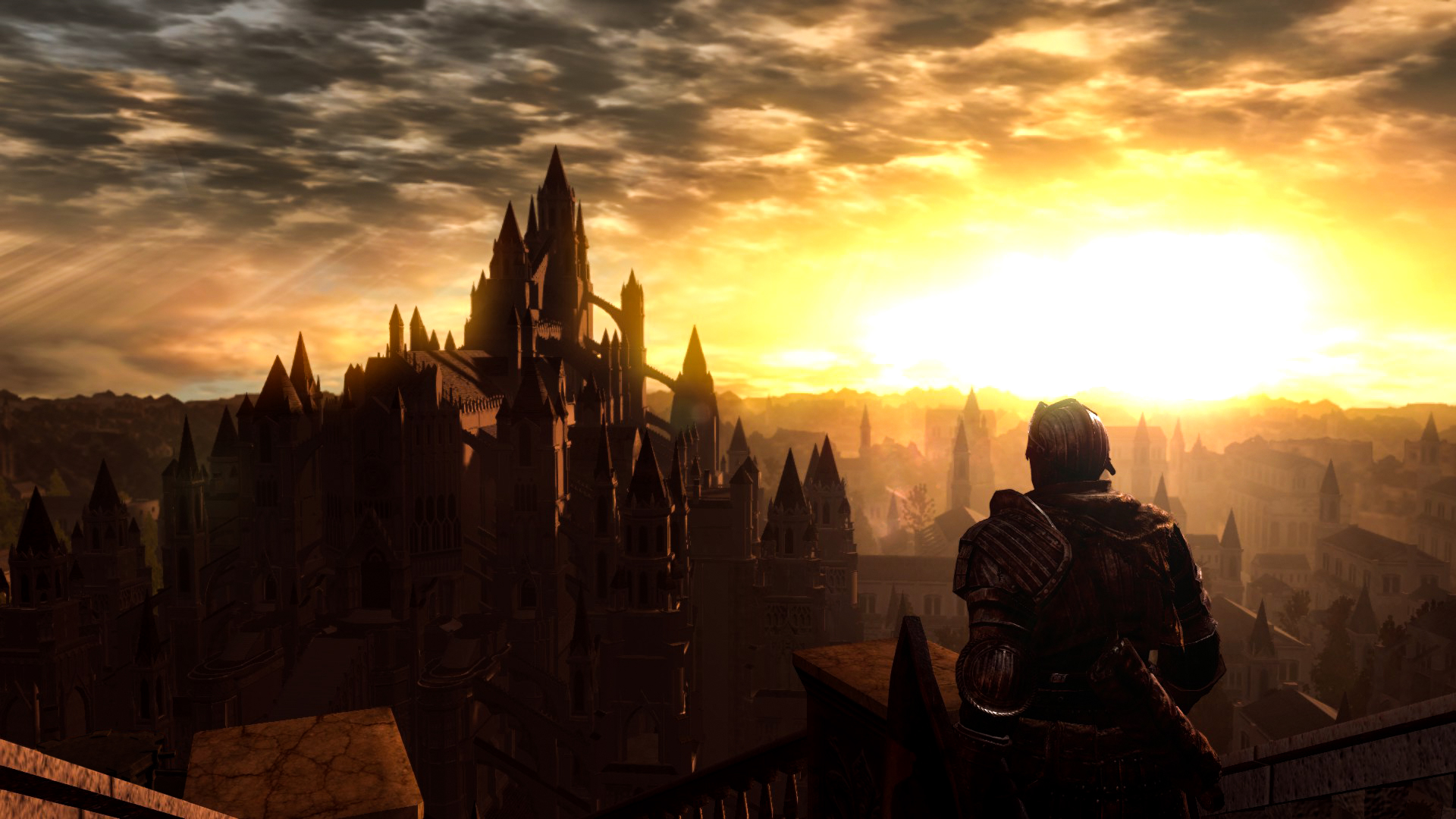
That’s certainly the case with Dark Souls Remastered. Upon its announcement, the highly passionate Souls community immediately started work on its wishlist. It’d be a full visual overhaul, like Bluepoint’s Shadow of The Colossus rework. It’d have remixed enemy placements, as featured in Scholar Of The First Sin, the current-gen port of Dark Souls 2. Maybe the more thrown-together elements of the original game – areas in the weaker final third of the game, such as Lost Izalith – would be polished up. Perhaps entire new areas or classes would be added.
None of that actually happened. Dark Souls' remaster is steadfastly focused upon re-delivering the original Dark Souls, exactly the way you remember it being in your head. And it does that very well. On PS4 Pro, the game runs at a near- unbroken 60fps in 3200x1800 resolution; not quite full 4K, no, but still a tremendous increase over the original console release. Some textures have been replaced, others improved, and some left alone – and in an example of real commitment to the source material, some entirely untextured surfaces in the original game have been left as such.
The occasional blank spot of stonework aside, all textures benefit from improved filtering. There is an upgraded lighting model, better particle effects on fog gates and the clouds of dust that kick up from destroyed scenery, and a heavy scaling back of the aggressive depth-of-field effect used to mask fuzzy LOD on distant objects in the original versions.
Weekly digests, tales from the communities you love, and more
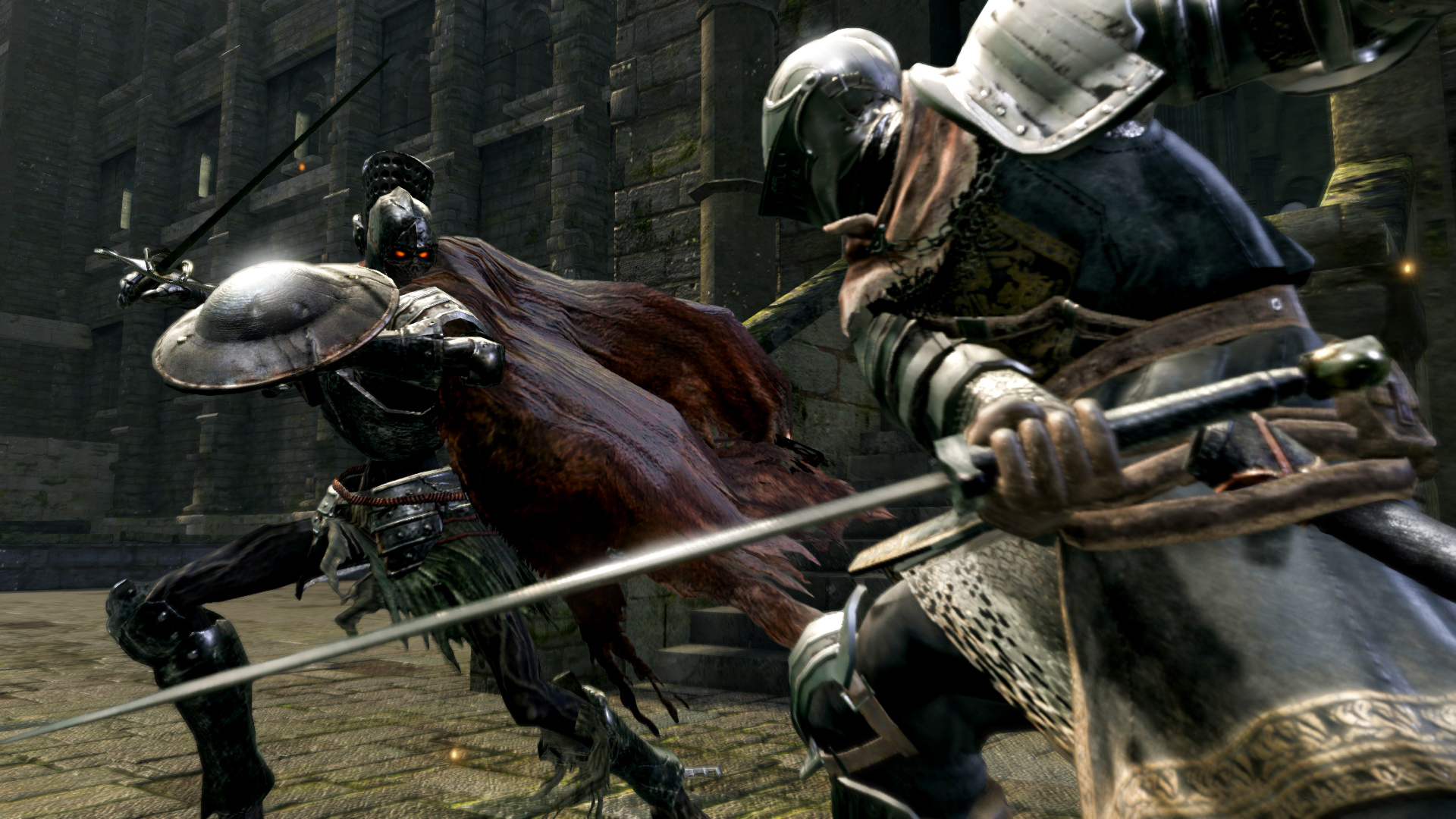
There are a handful of quality-of-life improvements too; nothing transformative, and all borrowed from later games in the series. Jump controls can be remapped, for instance, while you can now consume stacks of an item in one go. The UI can be rescaled. Online supports six players, with password matching to connect with friends. But this is a light-touch remaster, one about bringing an old game to a new platform on the understanding that to tinker too much would likely invite more controversy than it was worth. Indeed, some parts of the Souls community were upset by some of the remaster’s changes, arguing the original lighting model was better, complaining about motion blur, or that the game isn’t the same without its blurry depth-of-field. Others have argued Bandai Namco hasn’t done enough, accusing it of a lazy cash-in.
All of them have probably bought it anyway, sure, but it’s a fine case study in the questions that every developer, publisher or platform holder must consider when embarking upon a remastering project. How much should you do? How much can you do? How do you then go about it? And why are you bothering in the first place? We cast a net around this largely unglamorous, yet fascinating, part of the game industry to find out how old, often dead games are given new life, and why doing it has never been so popular.
The dead keep rising
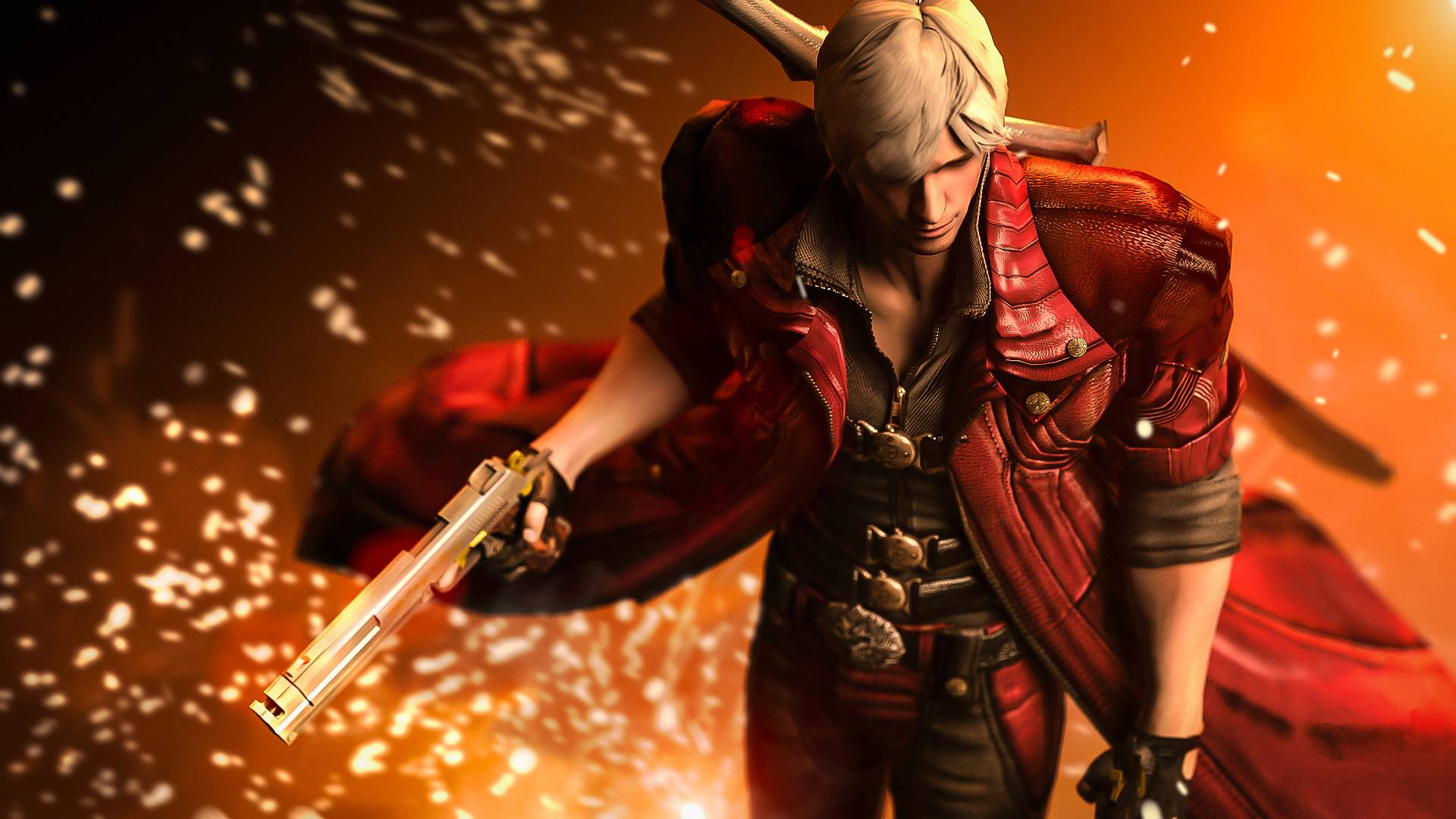
Polish development-services firm QLOC is the studio behind Dark Souls Remastered on PS4 and Xbox One (while China’s Virtuos handled the Switch version). Even though it’s not officially sanctioned to discuss the project, it is happy to talk about what began as a QA and localisation company and has grown into a much-in-demand producer of ports and remasters, working on such esteemed series as Devil May Cry, Resident Evil and Dead Rising. Given the breadth of services it offers, it is well placed to explain what publishers are interested in, and prepared to pay for. Not all remasters, after all, are created equal.
“There’s a very broad spectrum,” business development director Pawel Ziajka tells us. “Sometimes it can be a very simple remaster, which we would basically describe as a porting project from an older platform to a new one. Then there’s essentially ‘porting plus’, a proper remaster. That requires work: it means retouching assets, recreating 3D models, making textures crisper, adding features, remodelling the UI... there are a lot of things that can be done. “Sometimes clients just ask, ‘OK, we need the minimum set of features – basically, the game should be a proper port. What else can you do?’”
Nathan Brown is a video game consultant and writer, and former editor of Edge magazine. He's now a freelance journalist, still writing for Edge magazine, but his main passion is writing Hit Points, a regular newsletter about the videogame industry.



